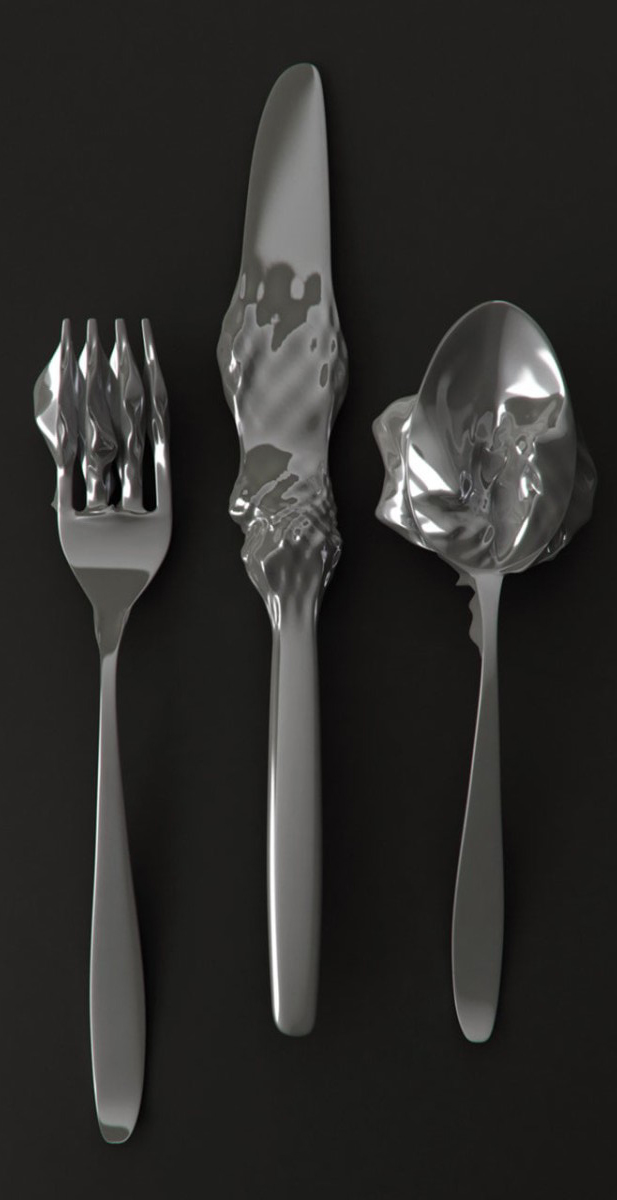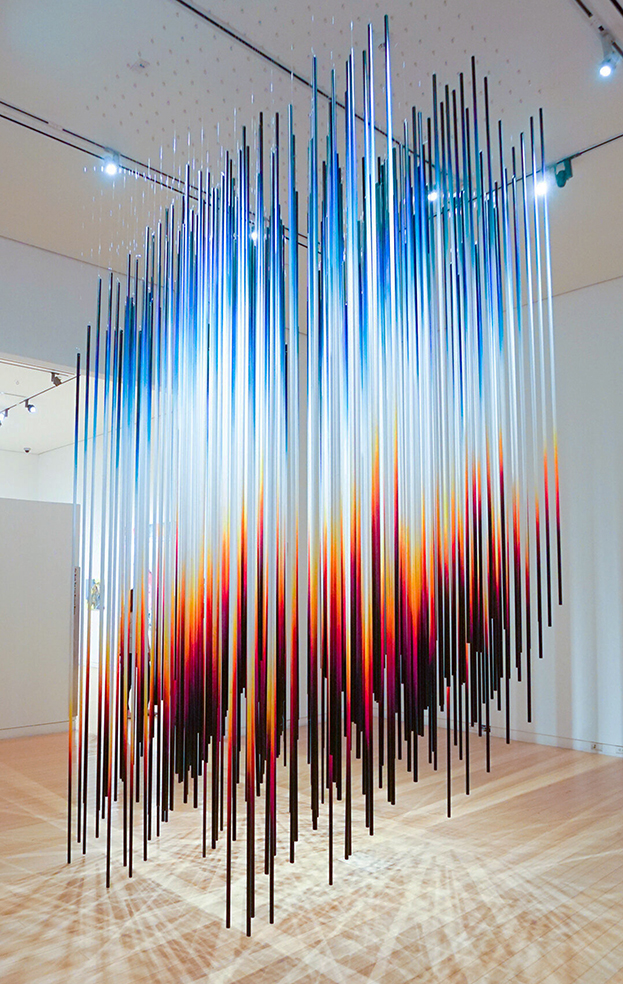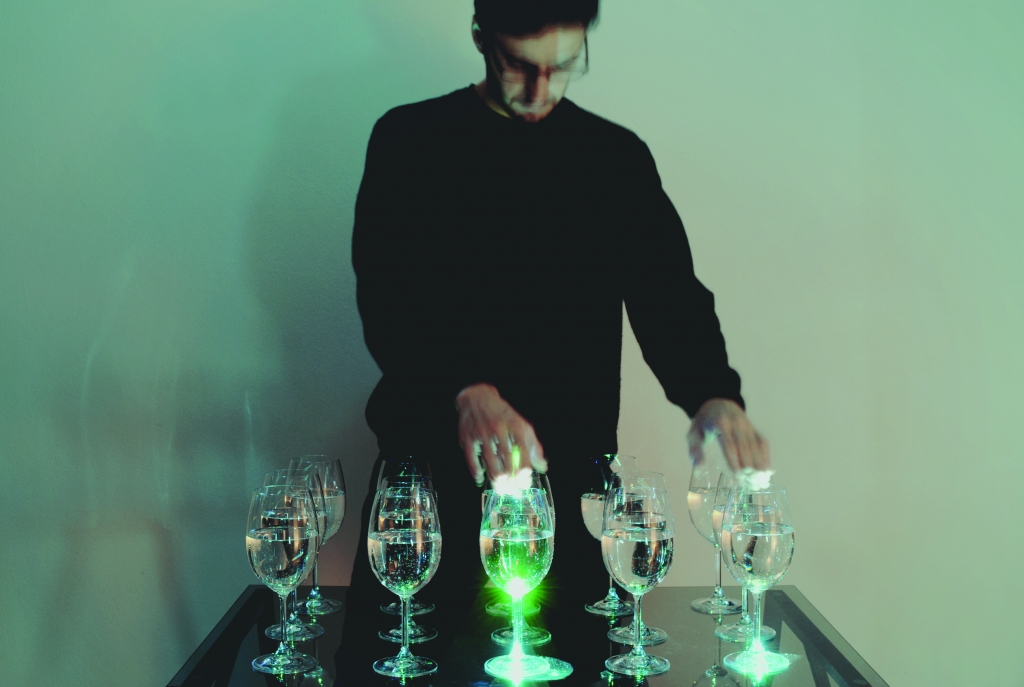
Charles Atlas Rashaun Mitchell and Silas Riener
Tesseract
Tesseract is a collaboration between Charles Atlas, Rashaun Mitchell, and Silas Riener. It is an evening-length presentation in 2 parts separated by an intermission: a 3D dance film featuring 7 dancers and a live proscenium performance with 6 dancers. The film offers speculative worlds and alternate possibilities in bold visual environments. The performance includes live-video capture with multiple cameras, mixed by Atlas and projected into the stage space. Images obscure and reveal moving bodies behind a translucent scrim, magnified and refracted by Atlas. Through collective action we forge a link between human ritual conjuring and new technological magic. Between the past and the future.









